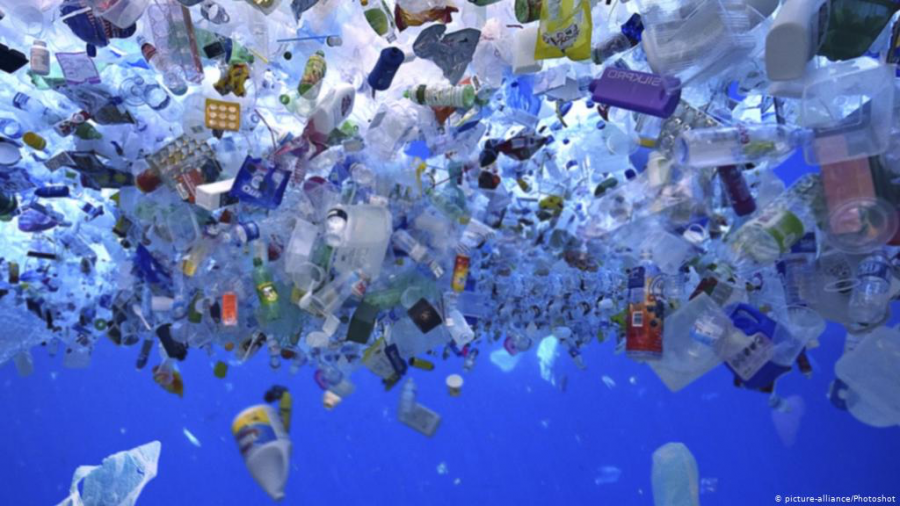Chemists Keeping Plastic out of Landfills
Many people try their best to separate their recyclables from their trash. However, it will come as a shock to many when they realize that most “recycled” plastic eventually ends up in landfills with the regular garbage. Most plastic materials are made of several different types of plastics, and not all plastics can be recycled in the same way. Certain types of plastics are like water, and others are like oil, which makes it difficult to give plastics a new life. Some plastics can easily be separated, but if it is too difficult to separate, then these items just end up in landfills.
The world utilizes a tremendous amount of plastic and much of the used plastic does not get properly recycled. According to the US Environmental Protection Agency, “In 2018 alone, the United States landfilled 27 million tons of plastic, and recycled a mere 3 million.” Companies do not like to recycle certain types of plastics, largely because the consistency and quality of plastic varies from item to item. So when plastic is melted to make new things, manufacturers often add new plastic, which will eventually create more waste.
Fortunately, the United States has been increasing the amount of plastic that is properly recycled. However, there still needs to be a reduction in the amount of plastic that is used. We can accomplish this by using biodegradable products or using reusable items, such as shopping bags and other containers. There are complications with biodegradable materials, though: they are expensive to manufacture and are not as sturdy as regular plastics.
Chemists know that plastic takes a long time to decompose. For example, every plastic toothbrush that has ever been created still exists and has not degraded. The plastic used in those toothbrushes takes over 1000 years to fully decompose. Toothbrush plastics and other plastics sit in landfills, marine environments, and other habitats– making the Earth a much more cluttered place.
Scientists are developing a process that deals with complex mixtures of plastics. According to George Huber, a chemical engineer from Wisconsin, “The process uses a series of liquid solvents to dissolve individual plastic components off of a product.” The solvents washed away around 95% of each layer of plastic. Huber and his colleagues are working on how to dissolve the most common types of plastics– specifically styrofoam. However, even if all the plastic in the world could be properly disposed of, there is still an issue: When some plastics are combined, the end result is a lower-quality plastic, which cannot be used for many things. We are still a long way from eliminating plastic waste.
But what can we do for now, while scientists are still working out the details on how to properly dispose of plastics? The best thing that we can do is to use less plastic. When shopping, the best thing to do is to use reusable bags. After a trip to the grocery store, people bring home more plastic packaging than food. Shopping in bulk brings home less plastic, and the containers that come from shopping in bulk can be reused. A lot of items come in plastic, and some companies are shifting to cardboard because of how much easier it is to recycle. It is also recommended that you should use reusable containers when bringing your lunch to work or school.
There are many things that we can do to reduce our negative impact on the planet. Little by little, we can all make a difference, by changing our habits. After all, we want to be remembered for the things that we have accomplished while on Earth, not the mess that we left behind.

